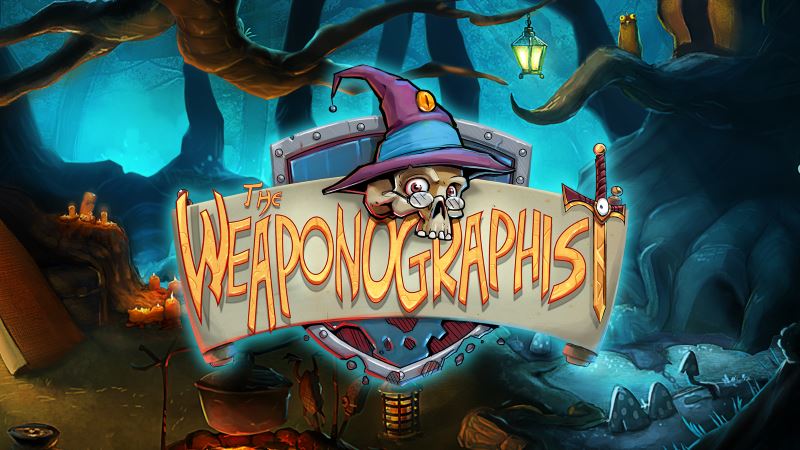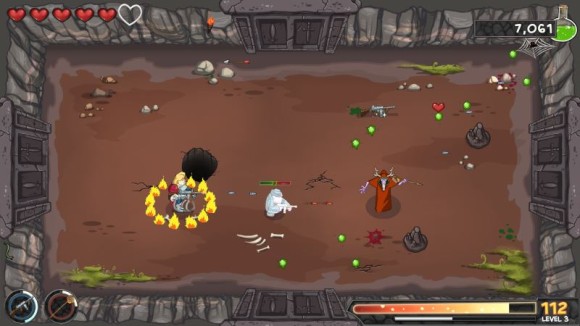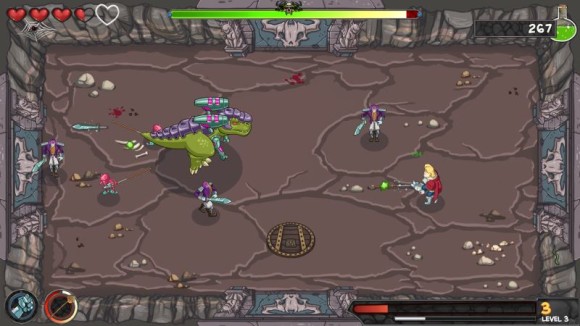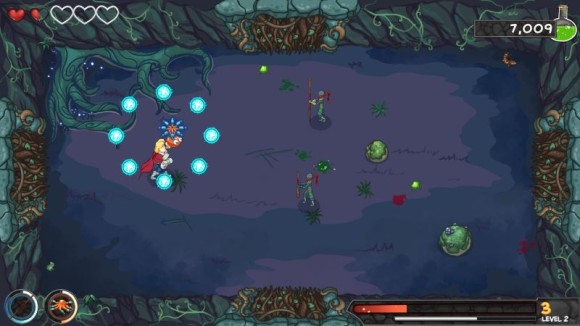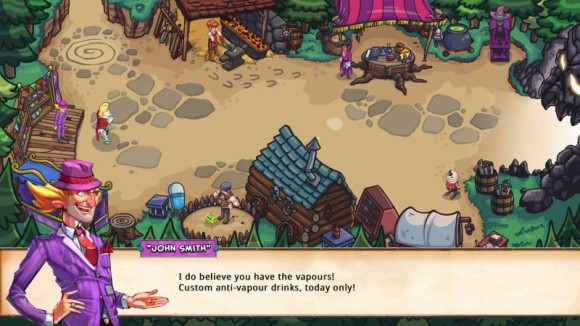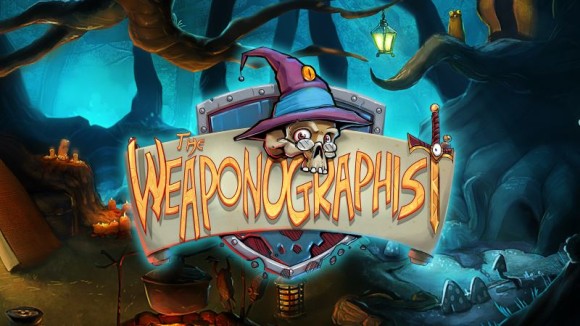
Come with me on a journey, young time traveller, and cast your minds back to 2001: the era of the PlayStation 2 and the Xbox. A little shooter called Halo has been released, producing eco-friendly green energy through the chattering of fanboys the world over.
Halo has had no small amount of influence on the subsequent evolution of the FPS genre, largely thanks to the numerous innovations and refinements it brought to the table (not to ignore the polish and prestige of being a massively well-funded launch title, of course). Part of Halo‘s design philosophy was its two-weapon carry limit at any given time – something which players familiar to years of PC FPS conventions often heaped scorn upon.
But developer Bungie’s design decision was method and not madness. They had designed a wide array of different weapons, all with different strengths, weaknesses and tactical utility, and all of which could make the discrete combat arenas that made up their game’s levels unfold differently.
They recognised, however, that in practice many players prefer to stick to a favoured few weapons and use them to the exclusion of anything else. The two-weapon cap, and a commensurate limit on the amount of ammo that could be carried, was the solution they arrived at. It forced players to be more adaptive, discarding a weapon once it was drained of ammo and collecting whatever their slain opponents dropped. This encouraged variation and experimentation, and has, over time, come to be recognised as one of the cleverer parts of the original game’s design.
You may now skip forward to the comments and argue about The Library if all you want to talk about is bloody Halo. But don’t do that, because I want to tell you about The Weaponographist.
That extended historical game design anecdote is a roundabout way of observing that The Weaponographist, the latest title from indie developer Puuba, utilises similar design ideas to a similarly successful degree. In fact, this rogue-lite game has effectively been built around the concept.
Let’s start with the basics: you play as Doug McGrave and you’ve annoyed a witch because you’re a swaggering, arrogant dickbag. She’s placed a curse on you, meaning that all of your equipment rapidly degrades, and will only lift the curse once you defeat the ancient evil threatening her town. All your lovely demon-hunting gear has fallen to pieces, and so you venture into the depths below the village armed with only your fists and the intention to pry weapons from the cold, dead hands of your enemies.
Each of The Weaponographist’s five dungeon levels is composed of numerous rooms, with progression handled in a manner that will feel familiar to anyone who’s played, say, Super Smash TV or The Binding of Isaac – or even an early Zelda game. Enemies of two or three types spawn within each room and must all be defeated before a door unlocks and you can move on. Defeated enemies may drop goop – the game’s XP equivalent – and, more importantly, a weapon of a type unique to them. Archers may drop a bow, imps a spear, headless swordsmen a sword… mobsters a tommy gun. This isn’t a hugely serious game.
Using a weapon results in it degrading, and eventually that weapon will be discarded and you’ll be back to your fists – or the next nearest weapon lying around. Weapons all have unique characteristics, so for example the spear has a lot of reach and a good hit radius, but it’s very slow. The tommy gun is fairly weak, but it’s a ranged weapon that spews a lot of bullets. Swords are quite fast, but involve a three-hit combo after which you’re momentarily vulnerable.
One of the strongest elements of The Weaponographist is the way that experience leads you to learn the strengths and weaknesses of all these different weapons, much as fourteen years ago many of us learned the effective range of Halo’s shotgun or just how many needles to pump into a Grunt to conserve ammo. You also find yourself settling into a rhythm, mentally noting when enemies drop weapons and planning your movements a few steps ahead – thus ensuring that you’ll be in a good spot to grab them when you need them. Tying in with this is the game’s combo meter, which ticks up with each kill but soon begins to drop once more. Keeping a high combo meter is essential to levelling up within your current run, and levelling up means more goop.
Eventually, though, you’ll reach the limits of your current abilities and meet a sticky end. Fortunately this simply means waking up back in town, with a vat full of disgusting slime to spend on various upgrades. Increase your maximum health, upgrade your weapons and spells – you’ve played a video game before, you know the score. You can also pay a man called Chester money to have his horrifying animated armoires (think Discworld’s Luggage) scurry across the screen and dispense power ups and other boons. Thus equipped and strengthened, it’s time for another run… and another… and another.
There are a few more details I haven’t mentioned. The game features bosses for each of its five levels; I’ve only seen two of these so far and am still trying to beat the second. I’ve almost maxed out every available upgrade and he’s killed me twice. Yep, this is a tough game – it starts out gently, but the first boss will prove an eye-opener to under-levelled players. It’s also a tremendously frantic game, and isn’t something I’d recommend playing in lengthy sessions without proper breaks (unless, I suppose, your tendons and muscles are less decrepit and aged than my own).
The Weaponographist is at its best when you slip into the rhythm of play, moving constantly around its rooms, dodging projectiles and trying to cull your constantly spawning opponents. Complacency will lead to you getting overwhelmed; it’s essential to stay on top of things and keep cleaning those screens. You also need to be fast in order to keep your combo meter up, and attentive to your current weapon’s level of degradation. It’s a very focused experience, and a rewarding one.
Its at its worst when you focus in on certain details. Movement feels rather floaty – something I also felt about Puuba’s previous game, Concursion. Speed is upgradeable, and your character has a degree of acceleration and deceleration to their movements that you simply must learn to accommodate in order to do well at the game, but it often feels as if Doug is sliding on ice rather than dodging around a combat arena. The writing is at best workmanlike, which lets down the potentially amusing concept, and while aspects of the visual design are to be applauded – the characters in town look characterful, and the enemy design is excellent in terms of making each type instantly recognisable – it can feel a bit of a mish-mash of ideas and styles.
Nor does The Weaponographist immediately reveal its charms – the first half hour you’ll spend with it is probably the least interesting. But it’s worth that simple investment of time because once you have committed, and once you have overlooked its rough edges, you’re rewarded with a challenging experience that constantly forces you to think and adapt, drawing on both your reactions and your ability to think and plan. With Concursion, Puuba proved they had great ideas. With The Weaponographist, they’ve proved they can do those ideas justice.
